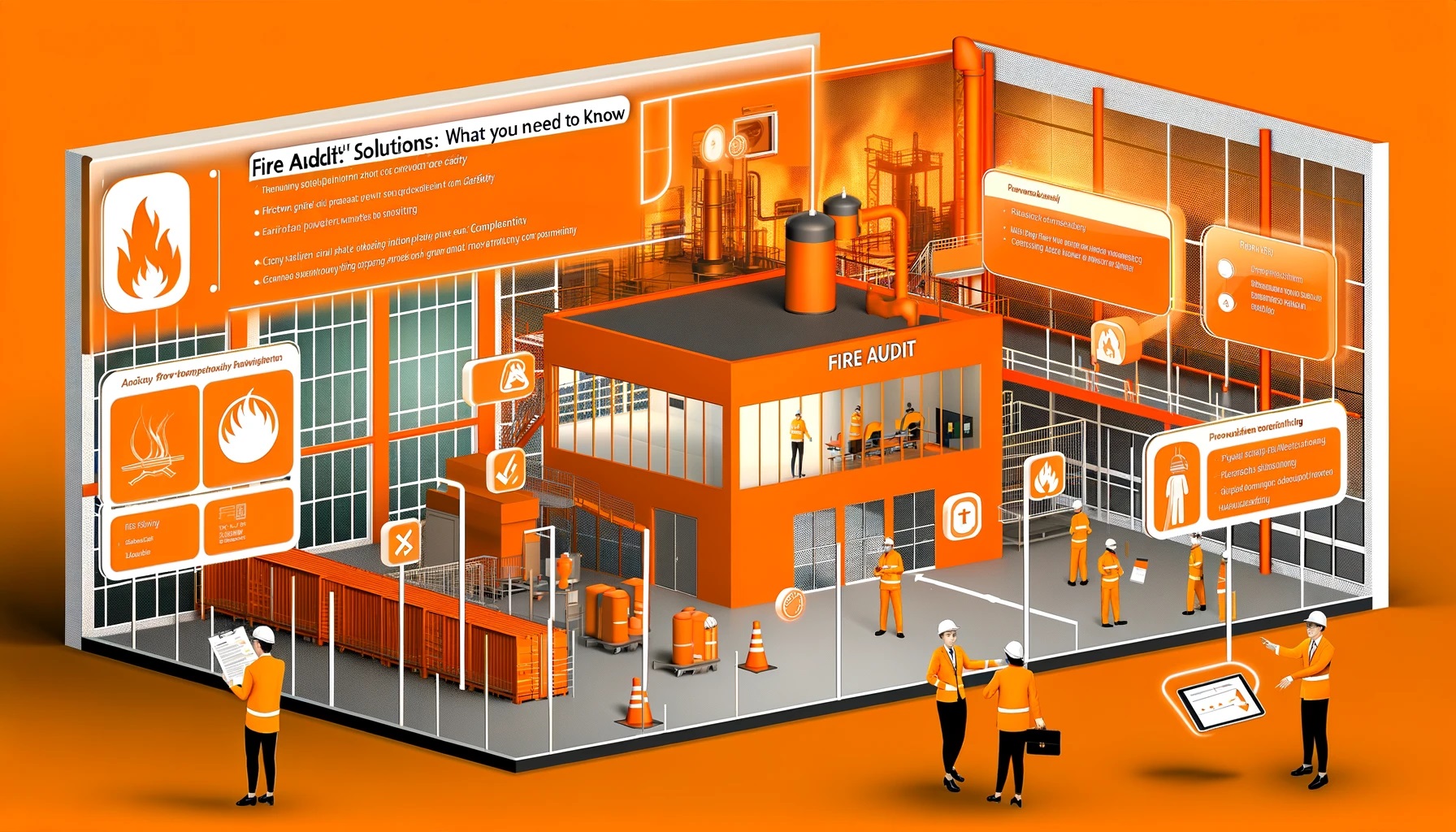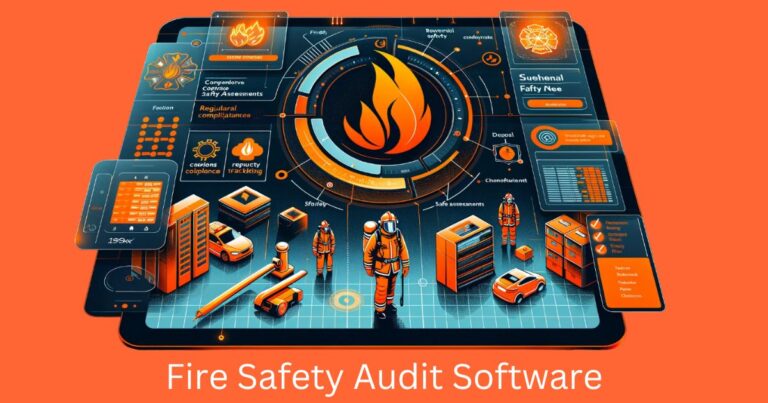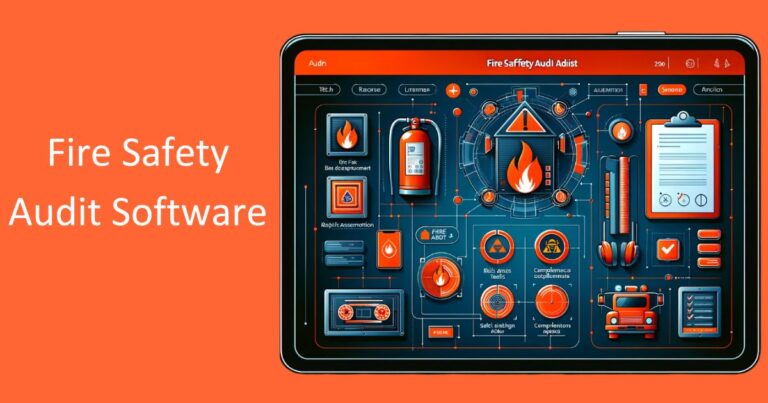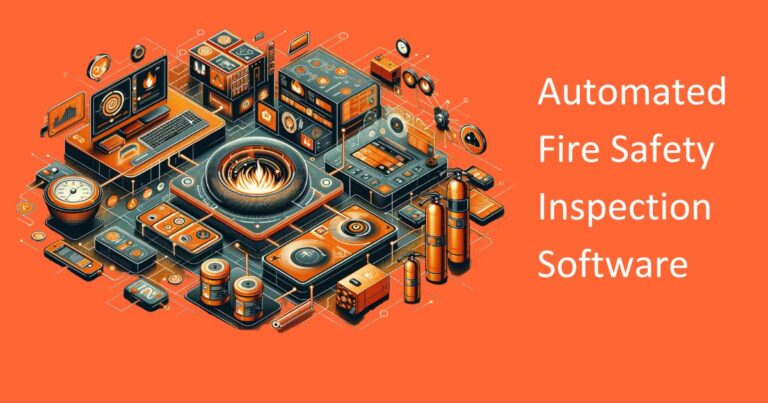Introduction
Fire safety is a critical concern for factories and industrial facilities across the globe. The potential for devastating fires can result in not only the loss of life but also significant damage to property, disruption of operations, and legal liabilities. To mitigate these risks, factories must implement robust fire safety measures, including regular fire audits. In this article, we will delve into the importance of fire audit solutions for factories and explore the key aspects that manufacturers and facility managers need to be aware of.
The Significance of Fire Audits
A fire audit is a systematic evaluation of a factory’s fire safety measures and protocols. It is a comprehensive assessment that identifies potential fire hazards, assesses the effectiveness of existing fire prevention measures, and ensures compliance with local and international fire safety standards. Fire audits serve several critical purposes:
1. Risk Assessment
Fire audits help identify fire hazards and vulnerabilities within the factory premises. This includes evaluating electrical systems, storage of flammable materials, fire suppression systems, and emergency evacuation plans.
2. Compliance
Adherence to fire safety regulations is not optional. Factories are legally obligated to comply with local fire safety codes and standards. A fire audit ensures that the facility is in compliance, reducing the risk of legal repercussions.
3. Prevention
By identifying potential fire risks, a fire audit allows factories to proactively address issues before they escalate into major problems. This can prevent accidents and save lives.
4. Preparedness
Even with preventive measures in place, emergencies can still occur. Fire audits help factories improve their emergency response procedures, including fire drills and evacuation plans.
Key Aspects of Fire Audits
Now that we understand why fire audits are essential, let’s explore the key aspects that should be considered during the audit process:
1. Team of Experts
A successful fire audit requires a team of experienced fire safety professionals. These experts should have a deep understanding of fire safety regulations and standards, as well as practical knowledge of industrial processes and equipment.
2. Documentation Review
The audit team will review all relevant documentation, including fire safety plans, maintenance records, and employee training records. This helps ensure that the factory is following established protocols.
3. Physical Inspection
A thorough inspection of the factory premises is conducted to identify potential hazards. This includes examining electrical systems, fire suppression equipment, storage areas, and escape routes.
4. Testing and Evaluation
Fire safety systems, such as fire alarms and sprinklers, are tested to ensure they function correctly. The team evaluates the response time and effectiveness of these systems.
5. Emergency Response Drills
The audit may include observing and evaluating the factory’s response to simulated fire emergencies. This helps assess the readiness of employees and the effectiveness of evacuation procedures.
6. Recommendations and Action Plan
Based on the findings of the audit, the team will provide recommendations for improvements. An action plan is developed to address any deficiencies and ensure compliance with fire safety standards.
6. Follow-up Audits
Regular follow-up audits are essential to track progress and ensure that the recommended improvements have been implemented. Fire safety is an ongoing process that requires continuous vigilance.
Conclusion
Fire audits are a critical component of a factory’s fire safety program. They provide a systematic approach to identifying and addressing fire hazards, ensuring compliance with regulations, and enhancing emergency preparedness. By investing in regular fire audits and addressing their findings, factories can significantly reduce the risk of devastating fires, protect their employees, and safeguard their assets.
It is crucial for factory owners and managers to prioritize fire safety and view fire audits as a proactive measure rather than a reactive one. The cost of prevention is far lower than the potential costs and consequences of a fire-related disaster. Therefore, staying informed about fire safety regulations and working with experienced fire safety professionals to conduct regular audits should be a top priority for all factories.








